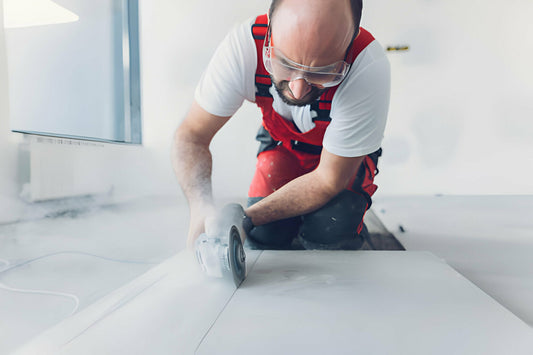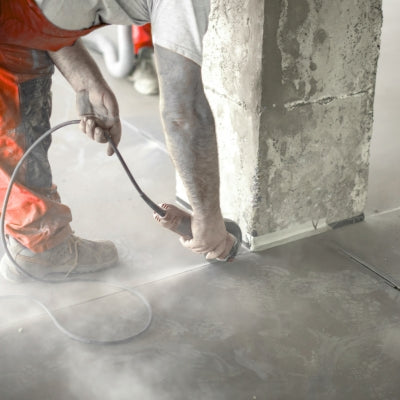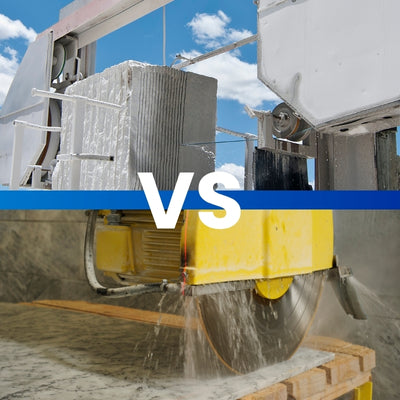
Share
Diamond grinding and polishing of road surfaces
Did you know that road surfaces that are polished and ground with diamond tools last on average 8 to 10 years? In fact, diamond grinding and rectification of pavements is attracting a lot of attention in Italy. Thanks to diamonds, it is possible to perform long-lasting treatments, regenerating the characteristics required for a pavement.
Diamond grinding of road surfaces
Diamond grinding and grinding of road surfaces can correct surface imperfections in asphalt and concrete surfaces. This technology can also be combined with other maintenance work such as road surface stabilization and partial repair.
The immediate effects of diamond grinding and honing are the significant improvement of the structure of the smoothness and drivability. Other important advantages are noise reduction, driving safety and slip resistance.
What is diamond grinding and polishing of road surfaces?
Diamond grinding, honing or rectification of road surfaces is simply the removal of a thin surface layer using machinery with hundreds of closely spaced diamond blades. This treatment typically removes 25mm of material with more aggressive and deeper grinding areas where there is greater variation in the road surface.
Advantages of diamond grinding
But what are the real advantages of this technology? Why is it gaining so much attention?
1. Better driving ability
Diamond grinding is performed precisely to reduce imperfections in the road surface and therefore to improve driving capabilities. In the case of concrete slab pavements, the diamond repairs the inevitable criticalities caused by the settling of the material itself.
Excellent ride quality is essential for the comfort of vehicle passengers. It is also an essential aid against driver fatigue and damage to vehicles carrying heavy goods.
At the same time, a uniform surface reduces the dynamic load on the roadway or on infrastructure such as bridges and viaducts. For this reason, the road surface acquires a longer life.
Dips and bumps cause vehicles to “bounce” with a continuous dynamic impact on the surface. Diamond grinding and resurfacing reduces these imperfections, reducing stress on the infrastructure.
2. New surface texture improved slip resistance on road surfaces
Diamond grinding and polishing inevitably results in an improvement of the surface structure and therefore better slip resistance.
The diamond discs used reproduce a wavy texture on concrete and asphalt. This improves the surface macrostructure, improves cornering friction and directional stability.
We can also say that diamond treatment is the best solution against the phenomenon of aquaplaning. These treatments are in fact ideal for increasing water drainage.
3. Noise reduction
The longitudinal grinding of the diamond provides a quieter surface than unground surfaces. Measurements on motorways in Belgium indicate a reduction of up to 5 dBA in pavement noise levels.
Additionally, the Michigan Department of Transportation found that ground surfaces change the frequency of highway noise. The results indicated that with the implementation of diamond grinding, the peak frequencies of 500 Hz and the first harmonic of 1000 Hz were reduced.
4. Construction site timing and feasibility
Diamond grinding can be performed during off-peak hours with less lane closures than asphalt overlays.
Adjacent lanes do not need to be closed either. Therefore diamond grinding is much more time efficient than other methods.
Diamond tools for smoothing and rectifying road surfaces
Since 1960 La Nord has been producing diamond tools for smoothing and rectifying road surfaces. If you want to learn more about the topic or are interested in the right type of discs for this process contact us and click here



